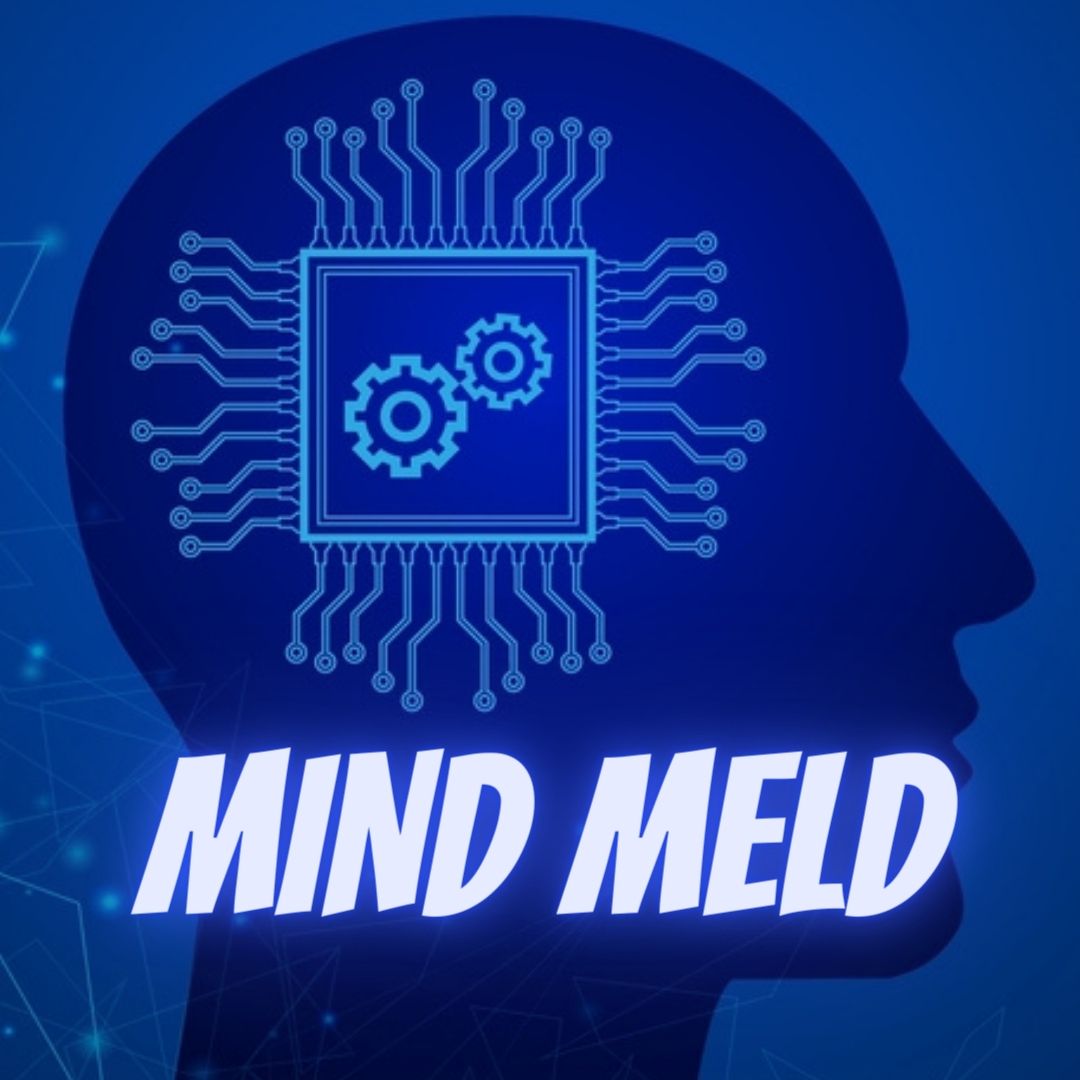What is an ENGINE?
An engine is a device which converts chemical energy of fuel into useful mechanical energy. In general, the "engine" is a device which converts the energy of water, wind, heat, electricity or atomic power into mechanical energy(driving force).
An engine which converts the heat energy produced by combustion into power is called" thermal engine”.
(ii) Internal combustion engine (ICE)
External combustion engine: It is an engine where combustion of air fuel mixture takes place outside of the engine cylinder. It is also known as EC engine.
For Example :- Steam turbine, Steam engine
Internal combustion engine: It is an engine where combustion of air fuel mixture takes place inside the engine cylinder. It is also known as IC engine.
For Example: Diesel engine, Gasoline engine, Jet engine.
COMPONENTS OF ENGINE:
Automobile components can be divide into 3 categories:
Engine system :-
Power generating system
The power generation system for riding is comprised of following system.
1. ENGINE
converts the heat energy generated by combustion explosion of fuel into mechanical energy (rotational force)
2. Fuel intake system
This converts the gasoline fuel into readily explosive air fuel mixture and delivers it to the engine.
3. Lubricating system
This protects moving metal parts with a film of oil, reduces friction and provides and cooling to enable smooth operation.
This protects moving metal parts with a film of oil, reduces friction and provides and cooling to enable smooth operation.
4. Exhaust system
Quietly discharge the high pressure exhaust gas to reduce the pressure and help reduce engine temperature.
Quietly discharge the high pressure exhaust gas to reduce the pressure and help reduce engine temperature.
5. Cooling system
Maintain the proper engine temperature for smooth operation. Chassis
Riding and steering mechanism
Comprised of mechanism required for riding, and mechanism for steering operation.
Maintain the proper engine temperature for smooth operation. Chassis
Riding and steering mechanism
Comprised of mechanism required for riding, and mechanism for steering operation.
1. Basic chassis
The chassis houses the engine and steering mechanism.
The chassis houses the engine and steering mechanism.
2. Steering shock absorber
mechanism supports the front wheel, changes direction, absorbs shock from the road and provides stable steering.
3. Rear wheel shock absorber mechanism
Supports the rear wheel absorbs shock from the road and provides a stable steering.
4. wheel and braking mechanism
The wheels support the chassis and the brakes reduces or stop the rotation of the wheels.
The wheels support the chassis and the brakes reduces or stop the rotation of the wheels.
5. Others
Fuel tank, cock, seat, fender etc.
Fuel tank, cock, seat, fender etc.
Electrical power creates ignition spark for engine operation and operates various features of safe riding. They comprise the following mechanism.
1. Ignition mechanism: Creates the high voltage electrical spark to ignite the air fuel mixture necessary for engine operation.
2. Power supply Dynamo mechanism: These provides power for each electrical device for continuous operation.
3. Signals, lighting mechanism: It illumination and signals for safe riding, safety equipment such as various gauges.
4. Starter mechanism: A device used to term turn the crankshaft be electrical power to start the engine.






Connect With Us